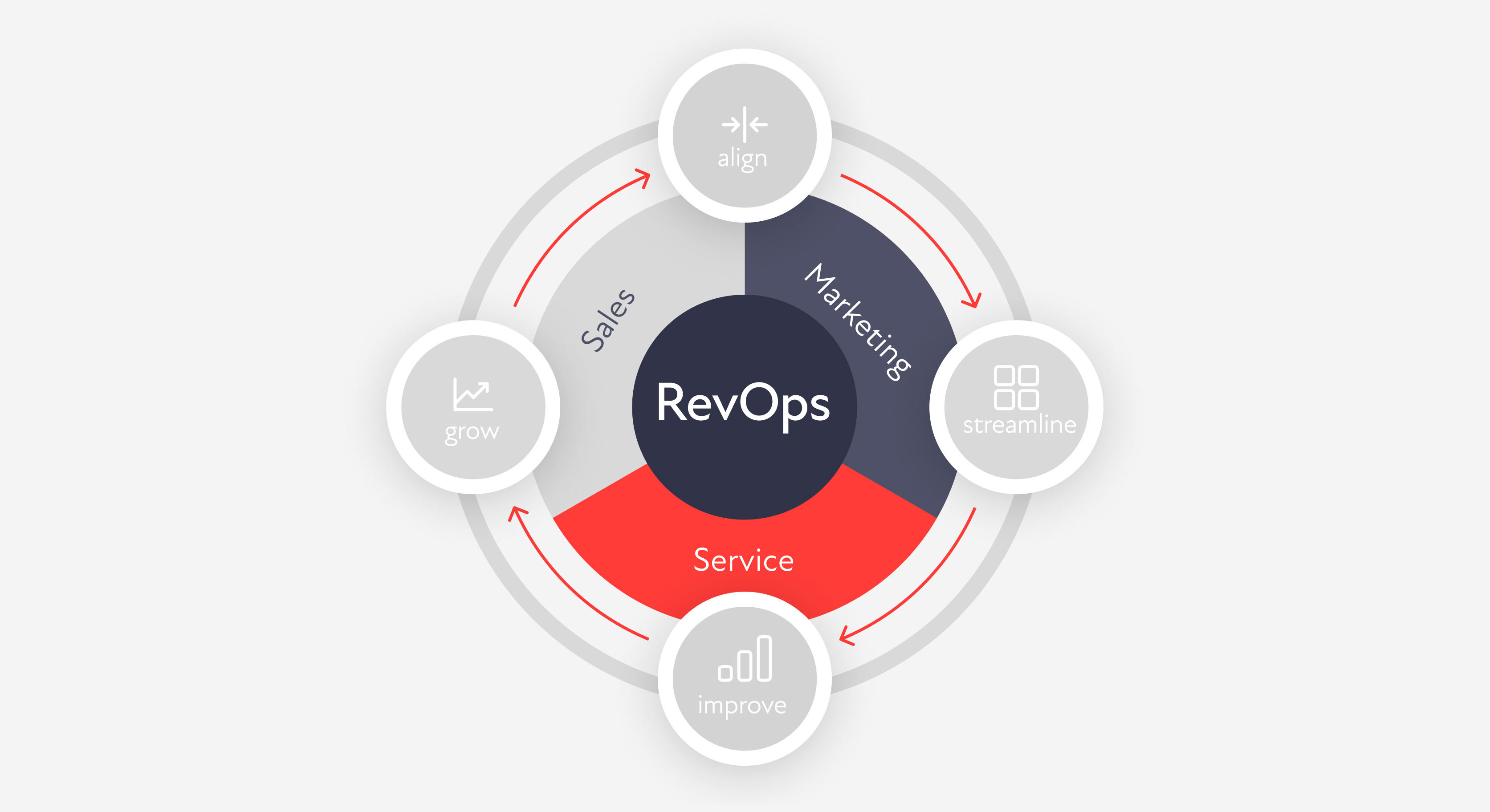Market participants are bracing for the start of what will likely be the weakest corporate earnings season since the global financial crisis, as the coronavirus pandemic and measures taken to contain it hit business activity especially hard in the second quarter.
Second-quarter earnings season kicks off with a packed docket of big bank earnings. Other early reporters, including Netflix (NFLX), UnitedHealth Group (UNH) and Delta Airlines (DAL), are also poised to report quarterly results in the coming week.
The estimated earnings decline for the S&P 500 is 43.8% for the second quarter, according to data from FactSet as of early July. Such a result would represent the largest year-over-year decline in earnings since the fourth quarter of 2008, and a steep downward revision from the estimate as of March 31, which had been for a decline of 13.6%.
“All eleven sectors are projected to report a year-over-year decline in earnings, led by the Energy, Consumer Discretionary, Industrials, and Financials sectors,” FactSet analyst John Butters said.
Bank earnings, Netflix
Results from major financial institutions will dominate the week in earnings, with banks including JPMorgan Chase (JPM), Citigroup (C), Morgan Stanley (MS) and Goldman Sachs (GS) each set to report results.
The financials sector (XLF) has lagged in the S&P 500 for the year to date, slumping about 24% versus the broader market’s 1.4% decline. Financials had pared some losses during Friday’s session, rising by the most in five weeks.
Banks are expected to see their results impacted by the current low-rate environment, with the benchmark interest rate near 0%. And financials are also likely to have sustained further hits to their bottom-line results as credit costs increased, due to measures taken to grapple with the economic impact from the coronavirus pandemic.
During the first quarter, the nation’s five largest banks reported some $24 billion worth of loan-loss provisions, according to FactSet, as lenders readied for customers to be rendered unable to repay loans due to the pandemic. Many analysts believe loan-loss provisions will have climbed further after the first quarter, and JPMorgan CFO Jennifer Piepszak had said during the company’s first-quarter earnings call that “given the deteriorated macroeconomic outlook, we would expect to build reserves in the second quarter.” JPMorgan’s first-quarter profit had slumped 69% to its lowest level in more than six years.
“For the top 20 U.S. banks, we expect to see very high loan provisions in the 2Q20 and for many banks at levels that exceed 1Q20 results,” RBC Capital Markets analyst Gerard Cassidy said in a note. “The accelerated level of loan loss provisions is due to the economic collapse the U.S. economy has experienced and the new accounting methodology CECL (Current Expected Credit Losses.)”
Still, since “CECL essentially forces banks to ‘front-load’ loan loss reserves for the life of loan losses,” as the economic recovery picks up, loan losses should come down thereafter from their peak in the first half of the year, Cassidy added.
Later in the week, streaming giant Netflix will also report quarterly results. The company has been viewed as one of the “winners” during the pandemic era, as consumers increasingly spent time at home and sought out entertainment. Netflix’s stock surged 70% for the year to date through Friday’s close.
Netflix in the first quarter added 15.7 million subscribers globally, or more than double the consensus estimate at the time. The company said in its guidance it expected to add 7.5 million subscribers during the second quarter as net additions moderated – though this would still represent a significant jump from the 2.7 million net adds from the second quarter of 2019.
Netflix’ revenue guidance of $6.048 billion for the second quarter would represent a near 23% increase over last year.
“Despite increasing competition, Netflix continues to capture a significant share of content consumption dollars,” Piper Sandler analyst Yung Kim, who rates Netflix as Overweight, said in a note Friday. “Additionally, with coronavirus fears pushing consumers away from travel and out-of-home entertainment, we look for Netflix to continue as a beneficiary of this altered behavior.”

NEW YORK, NEW YORK – MAY 22: People wearing masks wait in line to enter a bank amid the coronavirus pandemic on May 22, 2020 in New York City. (Photo by Alexi Rosenfeld/Getty Images)
Retail sales
Later in the week, investors will receive the Commerce Department’s report on June retail sales, which is expected to show an ongoing, albeit decelerating, improvement in consumer spending after May’s record jump.
Consensus economists expect that retail sales rose another 5.0% in June, after rising 17.7% in May. In April, retail sales had slumped by a record 14.7%.
Downside risks to the June retail sales report remain, however. In May, personal income fell by a near-record 4.2% following a record increase in April, which had been driven in part by the government’s one-time direct checks to taxpayers as part of the Coronavirus Aid, Relief, and Economic Security (CARES) Act. And beginning in mid-June, some states in the South and West began reporting a resurgence in coronavirus cases, which may have discouraged consumers from some discretionary spending – though this impact may not appear fully until the July retail sales report.
“Non-store retail sales (mostly e-commerce) likely rose solidly again after a 9.0% jump in May. Key discretionary components may have also continued to recover,” Nomura economists led by Lewis Alexander said in a note Friday. “High-frequency data showed a strong improvement in spending though mid-June but recent data indicate a notable slowdown in the last week of the month.”
“Rising concerns over surging Covid-19 cases in some regions in the US likely weighed on consumer spending in June,” they added. “In addition, mounting cases led to closures of restaurants and other nonessential businesses in Florida, Texas, Arizona and California. The impact of the resurgence of Covid-19 should weigh on July retail sales despite our expectation of another strong increase in June.”
Earnings calendar
Monday: PepsiCo (PEP) before market open
Tuesday: JPMorgan Chase & Co. (JPM), Citigroup (C), Wells Fargo (WFC), Fastenal Company (FAST), First Republic Bank (FRC) Delta Air Lines (DAL) before market open
Wednesday: Bank of New York Mellon (BK), The PNC Financial Services Group (PNC), UnitedHealth Group (UNH), US Bancorp (USB), Goldman Sachs (GS), before market open; Alcoa (AA) after market close
Thursday: Bank of America (BAC), The Charles Schwab Corporation (SCHW), Truist Financial Corporation (TFC), Morgan Stanley (MS), Johnson & Johnson (JNJ), Domino’s Pizza (DPZ), Abbott Laboratories (ABT) before market open; Netflix (NFLX), PPG Industries (PPG), JB Hunt Transporation (JBHT) after market close
Friday: Citizens Financial Group (CFG), Kansas City Southern (KSU), BlackRock (BLK), Ally Financial (ALLY), State Street Corporation (STT) before market open
Economic calendar
Monday: Monthly budget statement, June (-$863.0 trillion expected, $398.8 trillion in May)
Tuesday: NFIB Small Business Optimism, June (97.8 expected, 94.4 in May); Consumer price index MoM, June (0.1% expected, -0.1% in May); Consumer price index excluding food and energy MoM, June (0.1% expected, -0.1% in May); Consumer price index YoY, June (0.6% expected, 0.1% in May); Consumer price index excluding food and energy YoY, June (1.1% expected, 1.2% in May)
Wednesday: MBA Mortgage Applications, week ended July 10 (2.2% prior week); Import price index MoM, June (1.0% expected, 1.0% in June); Export price index MoM, June (1.0% expected, 1.0% in May); Empire Manufacturing, July (8.5 expected, -0.2 in June); Capacity utilization, June (67.9% expected, 64.8% in May); Industrial production MoM, June (4.3% expected, 1.4% in May); Federal Reserve release Beige Book
Thursday: Retail sales advance MoM, June (5.0% expected, 17.7% in May); Retail sales excluding autos and gas MoM, June (5.4% expected, 12.4% in May); Retail sales control group, June (3.8% expected, 11.0% in May); Philadelphia Fed Business Outlook, July (20.0 expected, 27.5 in June); Initial jobless claims, week ended July 11 (1.25 million expected, 1.314 million prior week); Continuing claims, week ended July 4 (17.55 million expected, 18.062 million prior week); NAHB Housing Market Index, July (60 expected, 58 in June); Net Long-term TIC flows, May (-$128.4 billion in April)
Friday: Building permits, June (1.3 million expected, 1.216 million in May); Housing starts, June (1.172 million expected, 974,000 in May); University of Michigan Sentiment, July preliminary (79.5 expected. 78.1 in June)
—
Emily McCormick is a reporter for Yahoo Finance. Follow her on Twitter: @emily_mcck
Read more from Emily:
Find live stock market quotes and the latest business and finance news
For tutorials and information on investing and trading stocks, check out Cashay
Follow Yahoo Finance on Twitter, Facebook, Instagram, Flipboard, LinkedIn, and reddit.




